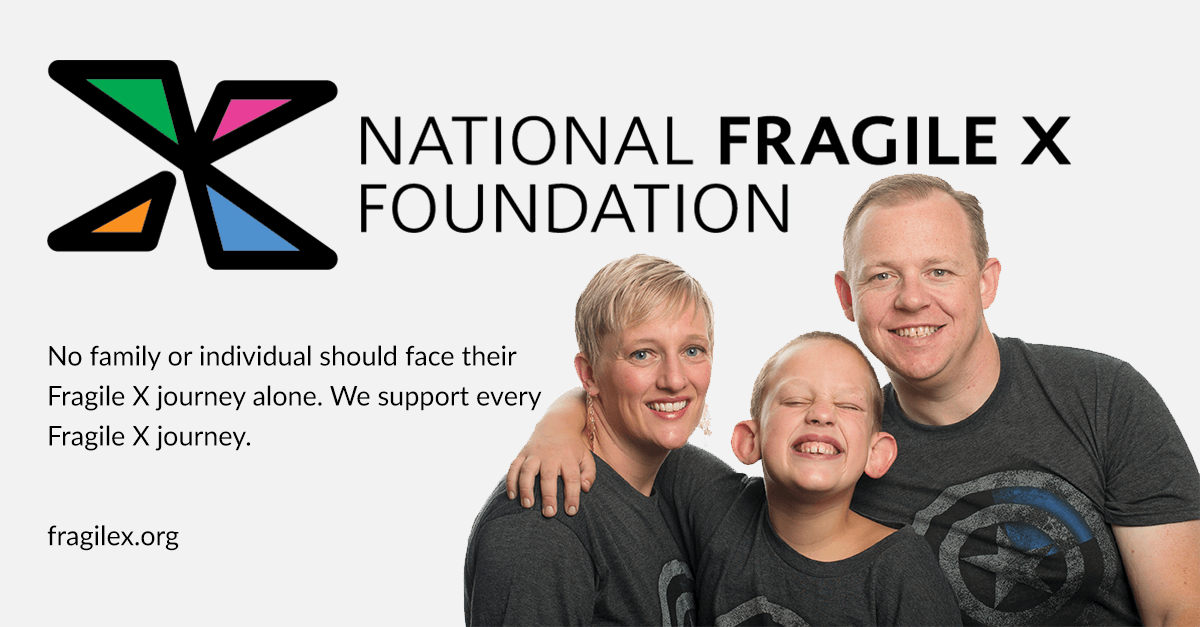NFXF Blog
Featured
Students with Fragile X syndrome are prone to hyperarousal and anxiety. It’s how their nervous systems are wired. The most effective way to help your student get the most from their time at school is to minimize the likelihood of hyperarousal and anxiety and maximize their focus and cooperation.
Little Rhody Warriors Light the Way for Fragile X
01 min read
Moshi Moshi Sushi Fundraiser
NFXF Belonging Project: Site Updates 2025
05 mins read
Help Us Reach the FORWARD-MARCH Enrollment Goal
All Articles
We’re thrilled to spotlight a major new review article recently published in the New England Journal of Medicine (NEJM) – The Spectrum of Fragile X Disorders by Randi J. Hagerman and Paul J. Hagerman.
We are seeing numerous proposed changes this Congress that would have a significant impact on the Fragile X community. It’s more important than ever that your members of Congress hear directly from you — your voice matters.
We understand the uncertainty surrounding recent developments, especially potential changes to federal funding that could impact the Fragile X community. We closely monitor the situation and continue working with our strategic partners to stay informed.
We know many individuals living with Fragile X want to work, and though some do, not everyone who wants a job has found one that best fits their strengths and skill sets. We’re determined to help you educate yourself on the existing supports and how to best advocate in the workplace.
American Idol featured Sophia’s relationship with her brother James, who has Fragile X syndrome. The show reached 8.05 million viewers.










